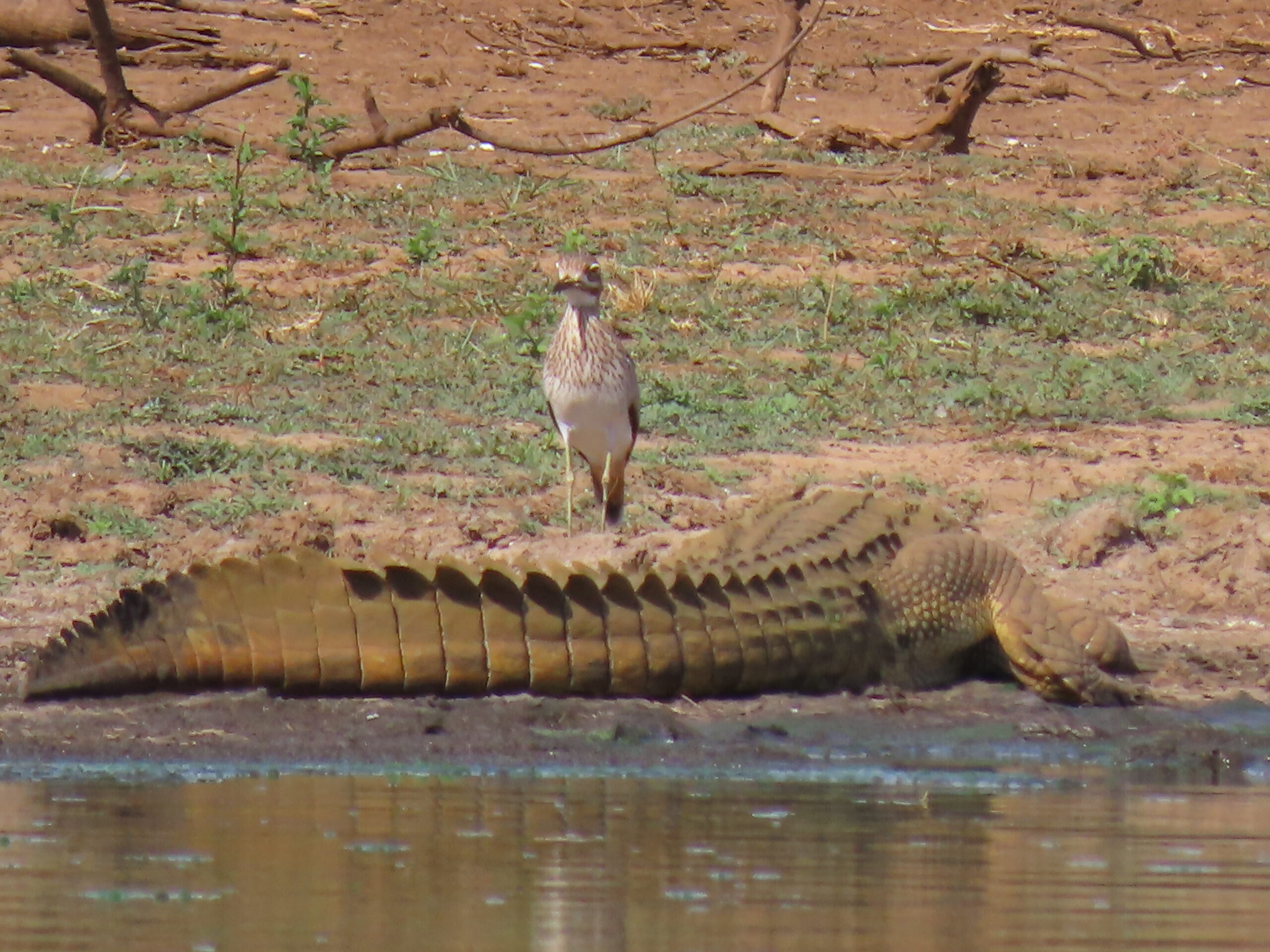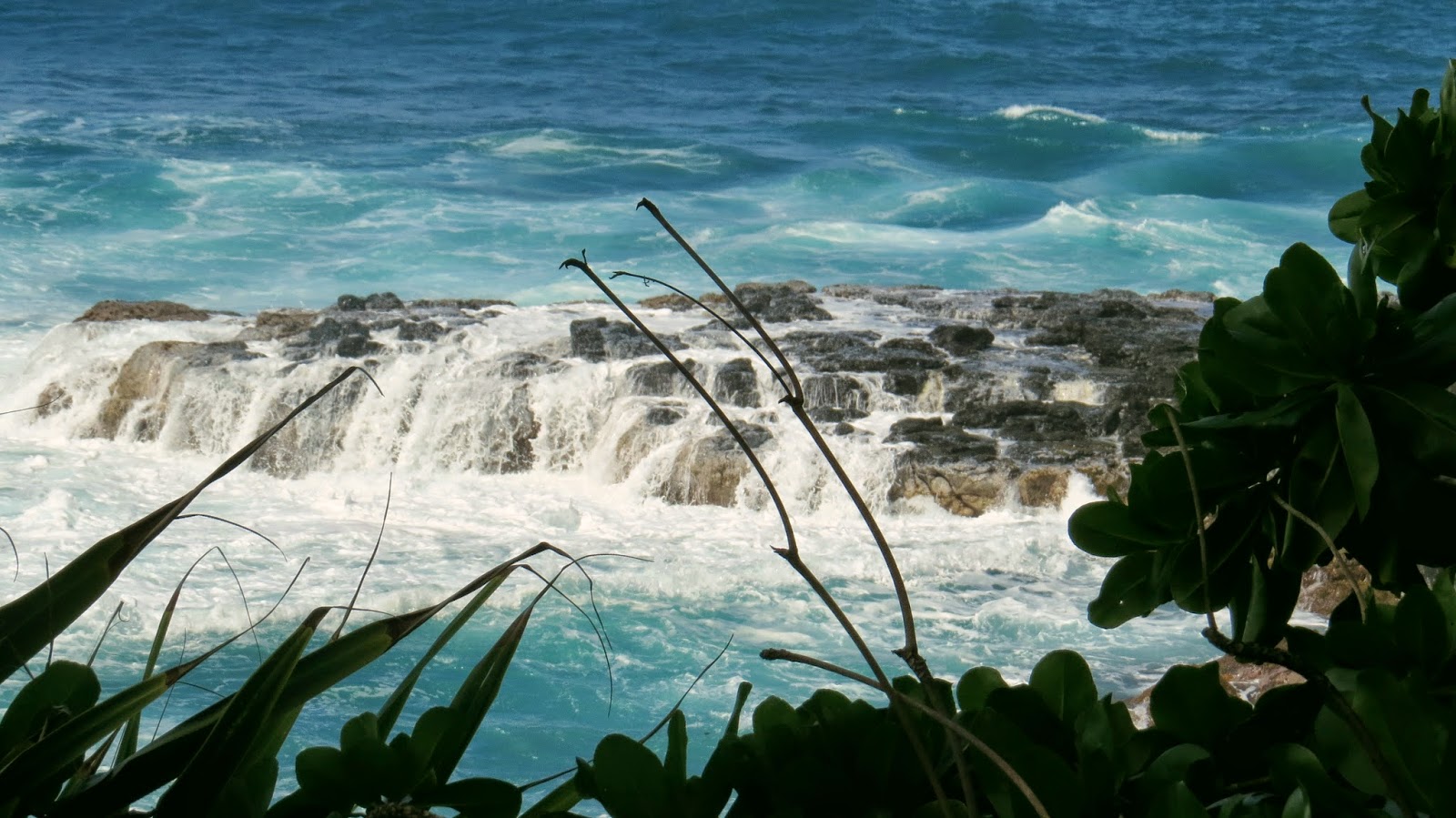
News posted last night on Facebook regarding Lionspruit, the conservancy within Mrloth Park, where a devastating ecological wildlife loss has occurred in recent days:

“𝑩𝑹𝑬𝑨𝑲𝑰𝑵𝑮 𝑵𝑬𝑾𝑺: 𝘊𝘢𝘵𝘢𝘴𝘵𝘳𝘰𝘱𝘩𝘦: Another 100 critically endangered vultures dead, poisoned in Mpumalanga
Vulpro, one of Africa’s few vulture-focused conservation organisations, and Wild and Free Wildlife Rehabilitation Centre in Mpumalanga, has confirmed a significant poisoning incident in the Lionspruit Game Reserve near Marloth Park, Mpumalanga. Over 100 vultures have died, including 92 White-backed vultures of which 90% were breeding adults, 9 Hooded vultures, and one male adult White-headed vulture.

The scene was located through real-time GPS tracking of several vultures previously rehabilitated and released by Vulpro and Wild and Free. Upon detecting abnormal movement, Vulpro notified Wild and Free, who contacted the Nkomazi municipal field rangers. Together, the team responded immediately to find a catastrophic scene with multiple carcasses lying around a warthog carcass. There are no survivors, and no body parts were taken. Two more carcasses were discovered by air, thanks to SANParks, who joined in on the search.
This deliberate act has caused irreparable damage to already declining vulture populations and underscores the growing and devastating impact of poisoning on South Africa’s critically endangered vulture populations.

Together with expert toxicologist and director of the Griffon Poison Information Centre, Dr. Gerhard Verdoorn and Dr. Peet Venter, samples have been collected and will be submitted for toxicological testing to identify the poison used and support possible legal action. These incidents wipe out critical scavengers, disrupt ecosystems, remove vital biodiversity, and undermine decades of conservation efforts. They also highlight the need for urgent collaboration.
“The scale of this poisoning is devastating and appears to be part of a much bigger, targeted operation. With multiple incidents taking place in various regions across the Lowveld recently, we suspect they are aimed at distracting us from a bigger and even more devastating event in the near future. We are calling on the government and the national vulture poisoning working group to address the crisis before it is too late,” said Kerri Wolter, CEO of Vulpro. “To lose this number of vultures, let alone breeding birds during breeding season, is an ecological crisis. We are genuinely terrified of what is going to occur next.” With no body parts taken, Wolter confirms this latest slaughter does not look as if it is related to muthi.

In response to this incident and the growing frequency of poisoning cases, Vulpro is appealing to all rehabilitation centres to stop releasing vultures in the area until such threats are thoroughly investigated and mitigated.
This mass poisoning highlights the urgent need for coordinated conservation action, as it is impossible to be everywhere, all the time. Vulpro formalised a long-standing partnership with Wild and Free Wildlife Rehabilitation Centre, based in Hectorspruit, just days ago. Together, the two organisations have established a vulture emergency response unit in Mpumalanga, delivering:
• Rapid on-site field response to poisoning and injury cases
• Expert veterinary care at Wild and Free’s on-site clinic
• Long-term rehabilitation and monitored releases through Vulpro’s national programme with support from conservation groups, @wewildafrica, and @overandaboveafrica, this initiative links veterinary expertise, field operations, and conservation strategy across provincial boundaries, unified in the mission to stop vulture extinction.

“This is not just about one event. It is a systemic threat to our natural balance,” Wolter said. “We are fighting for every egg, every nest, and every vulture’s future. We will hold the line through science, integrity, and collaboration.”
Investigations remain ongoing.
We want to thank the team on the ground for their tireless and emotional work decontaminating the scene and preventing secondary poisoning of other wildlife.
The general public often thinks little of vultures and their ugly appearance, but as the above article explains, vultures are an integral part of the ecosystem and the preservation of wildlife. Why thugs would perpetrate such a heinous event is beyond comprehension. We can only hope and pray that these criminals can be caught and punished.
On Saturday, we’re heading to the Kruger Mpumalanga International Airport to begin our two-day journey to the US. We are not looking forward to the travel days; instead, we are looking forward to getting there and seeing family and friends.
Be well.
Photo from ten years ago today, May 20, 2015:

